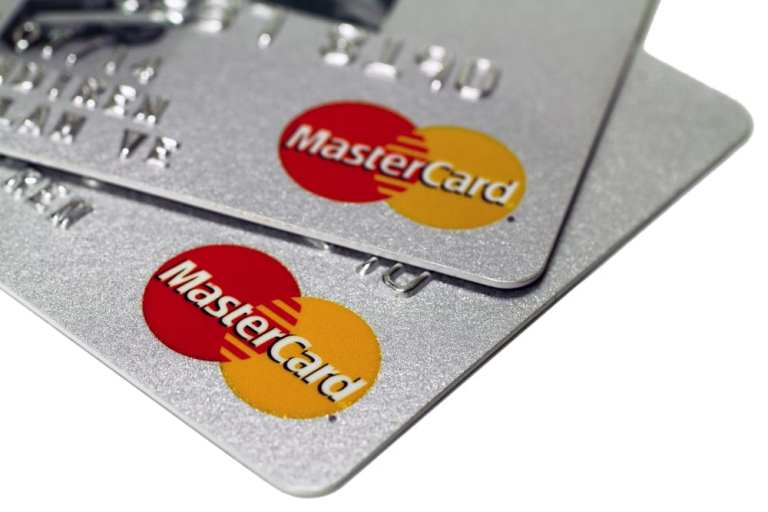
It used to be all about the “what.”
Issuers designing credit card rewards programs focused on the features that would move that card to the top of the wallet: the most points, the best cashback, the coolest offers, you name it.
In a world in which the “what” has become a cacophony of features that all start to sound the same, Amnah Ajmal, Mastercard’s executive vice president of core products for North America, told Karen Webster in a recent conversation, it’s time to shift the focus to something that’s even more valuable to consumers.
“It’s not about what we package, but about how the consumer experiences the products and the benefits,” she said.
A reward that a customer struggles to figure out, or has to work hard to actually redeem, isn’t actually that rewarding – and therefore isn’t all that sticky, either. That’s why when Mastercard was designing the suite of World Card and World Card Elite offerings it is announcing today, Ajmal said, they spent as much time thinking about the “how” of the rewards as the “what,” to ensure they were actually offering real incentives that consumers can use.
Everyday Value, Automated Access
The “what” of rewards has to be about the everyday, because the reward has to be accessible to consumers in order to be rewarding, Ajmal noted. That’s why Lyft, Fandango, Boxed and Postmates were their retail partners for this launch: They all touch everyday uses in consumers’ lives, which gives them value.
It is similar to the logic that motivates the addition of phone insurance to cardholders’ offerings, she said. Customers drop their phones, and lose them, and have them stolen. It is why phone insurance is such a common offering when a consumer is purchasing a phone – though one that consumers don’t often utilize.
Instead, by designating their card as the payment method for their wireless bill, World Elite cardholders will automatically get $600 – $800 in coverage on their phone, which can be redeemed once per year. The coverage works whether the phone is stolen or just damaged cosmetically, Ajmal pointed out.
But the really magic ingredient, she said, is that customers doesn’t have to do anything out of the ordinary to access the benefit, beyond using their card as they normally would.
And it’s a persistent theme with the new offerings. With Lyft, for example, Ajmal noted cardholders will receive a $10 credit for every five rides taken in a calendar month, which will automatically apply to the next ride. With Postmates, cardholders will receive $5 off every order of $25 or more.
The consumer doesn’t have to enter a promo code or hit a “redeem” button, she noted – they just continue shopping with merchants they already use.
“The customer doesn’t have to remember anything – they just automatically get the benefit as long as the World or World Elite Mastercard is the card on file,” she said. “The discount just goes through, and it is really a delightful experience for the customer.”
While rewards systems hackers love nothing more than diving into the minutiae of a rewards program, normal affluent consumers simply want easy access, and don’t want to have to think about it, Ajmal told Webster – they want them to just happen.
Particularly, she noted, when those happenings are undergirded by a set of new services to enhance the customer’s peace of mind.
Clearing the Clutter
The challenge in offering the “hows” and “whats” of a consumer experience correctly, Ajmal noted, is making the benefit tangible enough that the consumer experiences it, yet making the process feel invisible.
Which, she said, posed a technical challenge and required a lot of integration so that all the magic happens on the backend, while the consumer more or less goes on living their commerce life.
“The user sees nothing new because they don’t want to have something new to deal with,” Ajmal said. “We have to enable within the technology through APIs while leaving their experiences otherwise unchanged.”
But while seamless retail experiences are a good thing in context, sometimes consumers actually want more hands-on access. The tight balancing act, Ajmal noted, is offering easy-access, high-touch service when it is needed – such as when a consumer’s identity has been stolen – while otherwise hanging back and offering value without getting in the customer’s face, such as when offering a discount for taking a Lyft ride.
The advances in Mastercard theft identity protection rolling out with these new offerings speak to both instincts. In the background, there is credit report monitoring and identity theft detection scanning. But on the front end, a dashboard allows consumers to see all of that security data. Mastercard is also offering cardholders access to a team of identity theft resolution specialists, available 24 hours a day, seven days a week, 365 days a year – because customers want hands-off, until they need hands-on.
Because, Ajmal noted, the future of rewards isn’t just in giving the customer more, but giving them more they can actually use – and the ability to use it how and when they need it, on demand.
“Rewards are important, but they are more and more becoming table stakes,” said Ajmal. “Customers want differentiation, they want everyday use and they want instant gratification. The question we have to answer is, what are we giving them in their everyday life, and how are we creating convenience in all those experiences?”